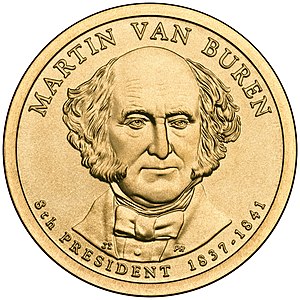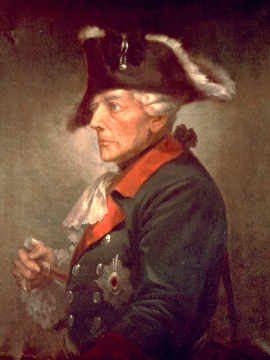
He was the first President from the Whig political party, and he earned the nickname "Old Tip" for his military success as commanding general the the Battle of Tippecanoe against a group of Native Americans. He was also the first sitting President photographed. As 12-year governor of the Indiana territory, he insured the securing of Native American lands so that settlers could gather more territory.
He was nominated for presidency in 1836 but lost, but was successfully elected President in 1840. At 68 years, this made him the oldest President to take office until Reagan, and being born in 1773, he also became the last President born before the Declaration of Independence.

His Presidential campaign in 1840 started because his party wished for a less conservative candidate. As he campaigned, he blamed incumbent President van Buren for the economic crisis, the Panic of 1837, and he gathered support for his image as a military hero. In electoral votes, Harrison won in a landslide, though due to popular vote, he won by 53% to 47%.
On his inauguration day, he gave the longest inaugural address in American history, taking about two hours. The cold and wet day in addition to his lack of a proper jacket or hat led to his contracting pneumonia. His address spoke of his presidential plan, which fit the Whig agenda. Amongst his plans were to reinstitute the national bank and give it the ability to distribute paper money. Harrison also sought to overthrow the spoils system.

During his campaign, influential Whig party member Henry Clay attempted to control Harrison's decisions, including Clay's opposition to the Whig party platform of overturning the spoils system. But Harrison stood strong and even antagonized Clay when Harrison elected Clay's Whig party arch-rival, Daniel Webster, as his Secretary of State. To Clay, he said, "Mr. Clay, you forget that I am the President." He also resisted when Whigs urged him to remove all Democrats from any appointed office. He responded "So help me God, I will resign my office before I can be guilty of such an iniquity!"
The only substantial act of his short presidency was the special session he reluctantly enacted for Congress, meant to meet May 31st, as a counter-measure to financial trouble. Harrison was told that the government couldn't afford to operate until the next congressional meeting in December.
And on April 4th, Harrison fulfilled his last presidential first: the first President to die in office.
Source: History.com, Miller Center, White House.gov, Wikipedia






































